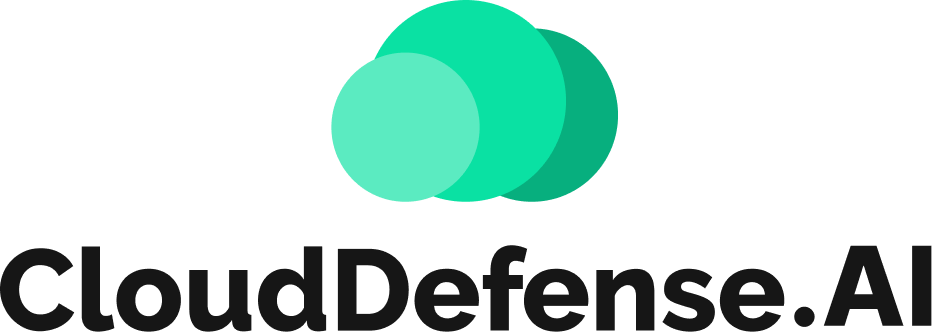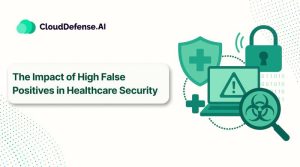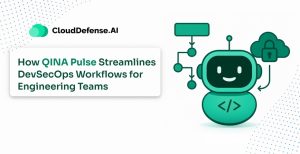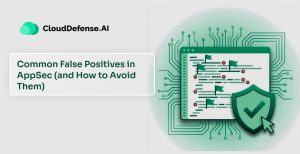The emergence of DevSecOps methodology has completely reshaped how organization secure their application development lifecycle. It has enabled organizations to embed security guardrails into every stage of development. However, with increasing complexity and an accelerated development cycle, organizations need a high-paced remediation process to address issues.
Organizations require a transformative approach to cope with the pace. Thinking about what approach you might take? We recommend ChatOps. It is an advanced chat-based model based on collaboration, automation, and real-time response. This guide will help you know about ChatOps for security remediation and how it modernizes security remediation in DevSecOps.
Issues with the Traditional Remediation Process in DevSecOps
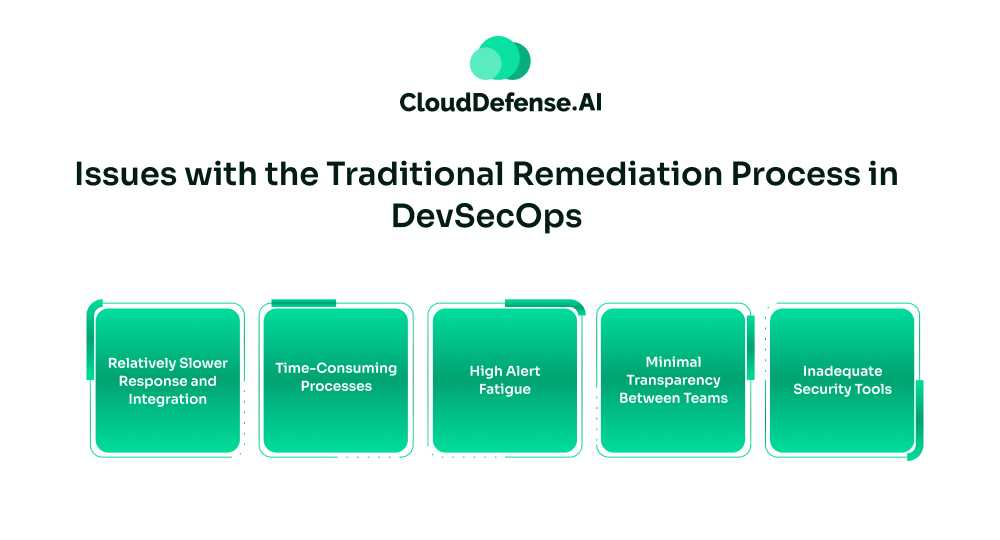
The software delivery acceleration increases day by day, and security teams with traditional remediation processes are struggling to cope with high-speed development. This results in:
- Relatively Slower Response and Integration: When it comes to remediation, security teams operate solely on their own. It leads to relatively slow response time and fails to cope with modern fast-paced development cycles.
- Time-Consuming Processes: Many vulnerability remediation processes still require human intervention. Importantly, the manual triage process is time-consuming and diverts developers from important tasks. Thus, on many occasions, security teams aren’t able to catch up with the increasing number of security incidents.
- High Alert Fatigue: With time, the number of security alerts is increasing, overwhelming security professionals. As a result, it causes security teams to miss certain vulnerabilities or provide a delayed incident response.
- Minimal Transparency Between Teams: Usually, teams in a traditional setup work in silos, leading to a gap in information transfer and communication. This reduces the effectiveness of remediation efforts for security incidents.
- Inadequate Security Tools: Tools used for identifying and remediating vulnerabilities are compatible with fast software development cycles. These tools also lack automation when it comes to triaging. Thus, makes it challenging for teams to prioritise and remediate vulnerabilities in a fast-paced manner.
What is ChatOps?
ChatOps, often known as conversation-driven DevOps, is a collaborative model that converges security, development, and operations teams in a centralized platform. Basically, it integrates the team communication, remediation workflow, and automation in a chat platform. With ChatOps, DevSecOps doesn’t have to toggle between tools and dashboards for various tasks. Instead, they can utilize the chat platform to trigger commands, communicate, and automate workflows.
The chatbots seamlessly integrate with all the tools and systems used by DevSecOps teams. As a result, the team can remediate vulnerabilities using a chatbot and automate many security responses. It adds a real-time layer to your security strategy and transforms the DevSecOps security approach from preventive to responsive.
The conversation-driven collaboration through ChatOps helps the team to assemble all the standalone steps, like documentation, triage, and containment, into a single communication thread. It promotes a collaborative approach when a security issue arises and enables everyone to work together to solve the issue.
The Merger of ChatOps With DevSecOps
Modern organizations opt for the DevSecOps approach as it promotes a collaborative approach of addressing security by the development, security, and operations teams. ChatOps facilitates this collaboration by offering a platform where every team can communicate and collaborate in real-time.
It is a conversational chat model to make a collaborative approach when responding to a security event or a detected vulnerability. Since chatops security bots integrate with all the tools and systems, they respond to events in real-time. ChatOps for security remediation quickly sends alerts to the team regarding the security event. As a result, the right team is notified in real-time regarding the security event, enabling them to quickly remediate the issue.
From developers to security professionals, everyone collaborates through the chat channel to perform triage and remediate the issue. It not only breaks down the silos but also makes everyone responsible for remediating any security issue. Most importantly, it conforms to the DevSecOps security remediation approach to prioritise and fix vulnerabilities as early as possible.
How ChatOps is Modernizing the Security Remediation Process
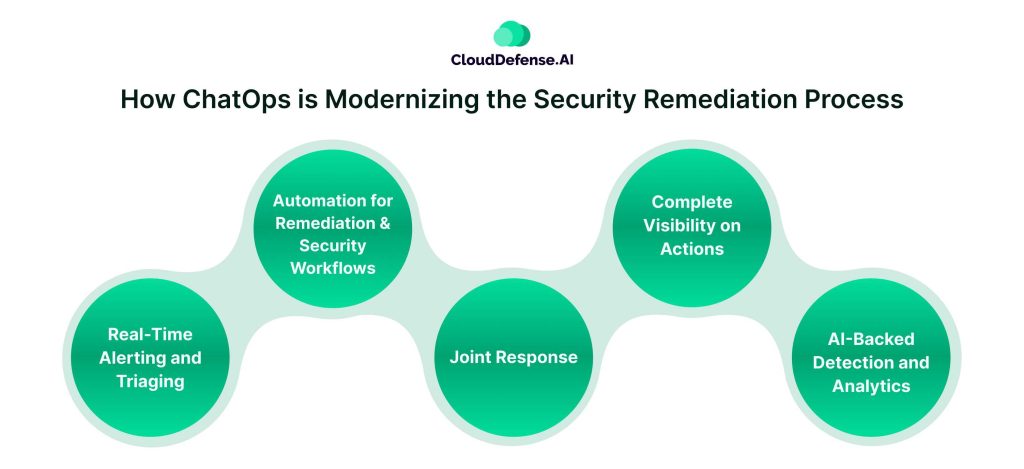
ChatOps is a revolutionary platform that integrates chat tools with your organization’s tools, operation processes, and automation to modernize security remediation. But how does ChatOps do it? Here are the approaches it takes:
- Real-Time Alerting and Triaging: ChatOps provides a centralized platform where they send security alerts directly into the team’s chat. When a vulnerability or malicious activity is detected, the ChatOps security bot sends alerts in real-time to the designated channel. As a result, the designated teams are alerted quickly, which enables them to triage and respond immediately. In advanced ChatOps alerts, coupled with contextual details that include the severity of the impact and remediation steps.
- Automation for Remediation and Security Workflows: Automation of security workflows is a vital aspect of DevSecOps. The integration of ChatOps enables teams to automate various security processes, including remediation from the chat tool. The automated remediation chat bots enable professionals to implement predefined remediation steps and execute them through simple commands. All the incident data are tracked and logged, enabling ChatOps to continuously learn and enhance the identification and remediation process. Scanning tools can be integrated with ChatOps to monitor and scan CI/CD pipelines and code commits directly from the platform. Plus, they can also help with automated compliance assessment on the codebase and create reports.
- Joint Response: ChatOps provides a real-time alert regarding any security incidents or vulnerabilities. When such an alert is given, ChatOps provides a chat channel where all the teams come together to make a coordinated incident response. It breaks down all the silos and allows the team to be on the same page while solving. All the teams can share the same information and context, and implement the best possible remediation response. It enables everyone to work together without any friction, ensuring an effective and quicker response.
- Complete Visibility on Actions: All executed commands, shared information, and other activities done in a ChatOps channel for incident response are logged and time-stamped. It delivers a complete audit trail for post-incident analysis and compliance reporting. Since every information sharing and action, it maintains complete transparency among the teams, promoting shared responsibility and knowledge sharing.
- AI-Backed Detection and Analytics: Some modern ChatOps are integrated with AI and ML to enhance their capabilities. AI-backed ChatOps are often leveraged for advanced threat and malicious activity detection. ML-based thread detection tools integrate with ChatOps security bots to intelligently identify threats from nuanced patterns. Integration with AI-based monitoring tools also enables teams to continuously track system behaviour and network traffic and identify any irregularities. It also helps in enhancing predictive analysis and improving the security policies in place. As a result, it enables the team to provide a proactive incident response.
Why You Need ChatOps For All Your Security Remediation in DevSecOps

When you integrate a ChatOps model in your DevSecOps for security remediations, it boosts your security efforts in many ways:
- Quicker Incident Response: ChatOps provides DevSecOps teams with real-time alerts and automated remediation chat commands, enabling quicker incident response. It significantly reduces the detection time and fixes any security issues before they make an impact.
- Better Efficiency and Productivity: Automated remediation chat bots enable DevSecOps teams to automate many remediation and repetitive tasks. This helps developers address high-value alerts that are complex and require expert attention.
- Minimized Human Error: The integration of ChatOps for security remediation helps in minimizing human intervention. It helps in eliminating any security errors arising from human error.
- Better Collaboration and Transparency: A huge benefit this chat model brings is that it eliminates all the gaps between teams operating individually for similar goals. The centralized platform helps everyone to get a complete understanding and visibility of the security posture from a single pane.
- Improved Team Security Culture: The combination of DevSecOps and ChatOps helps in better promotion of security culture among teams. It makes everyone responsible for the security of the application and work together to remediate issues.
- Seamless Compliance Management: The centralized platform of automated remediation chat bots logs all the activities. Plus, it helps with automated compliance assessment. Thus, it helps your organization to stay compliant with all the regulatory requirements.
Challenges Associated with ChatOps Implementation
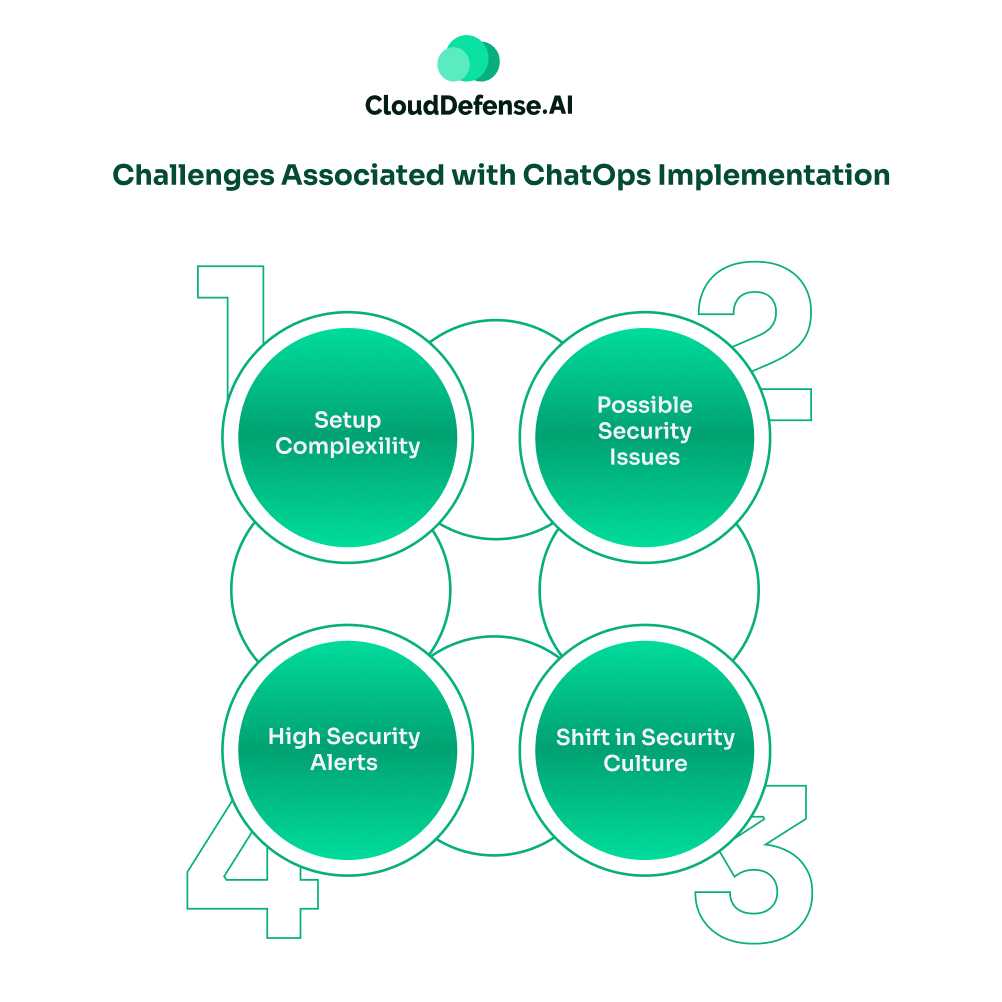
Implementing ChatOps for security remediation in DevSecOps benefits the organization in many ways. However, you might face some challenges while implementing it. Here are the factors you should keep in mind:
- Setup Complexility: Integrating ChatOps for security remediation with existing tools and systems can introduce a lot of challenges. The configuration can be complex and might take a lot of time. Starting with fewer tools, integration can simplify the setup process.
- Possible Security Issues: Enabling ChatOps to execute vital remediation commands requires granting high privileged access. However, you need to be careful with the access control it gets. RBAC can help you manage who will be able to execute sensitive security actions.
- High Security Alerts: ChatOps requires a complex configuration with the existing system. However, if it isn’t done properly, then it can lead to a huge number of security alerts in the chat channel. A proper configuration will filter out all the noise and send prioritised alerts to the team.
- Shift in Security Culture: Implementing ChatOps in your system won’t be sufficient. You also need to bring a shift in your security culture. You need to train all the teams to effectively use ChatOps and work collaboratively.
Conclusion
ChatOps is a revolutionary chat model that is transforming security remediation from a reactive and ticket-driven task to a proactive approach. When you integrate ChatOps for security remediation, it will introduce a new way of collaborative working in your DevSecOps environment and jointly address issues. Importantly, it will revolutionise how your team remediates security issues through automation, collaboration, and real-time incident response. One tool that can also help you automate remediation tasks through chat platforms is QINA Pulse. It is a world-first developer AppSec platform that helps you execute security remediation tasks through plain English commands. Whether you want to flag crucial issues or generate compliance logs, you just have to say it to QINA Pulse. It acts as your AI-assistant for all your security remediation tasks. It is designed to help address security issues proactively and build a more resilient security guardrail. What are you waiting for? Book a live demo now!.
